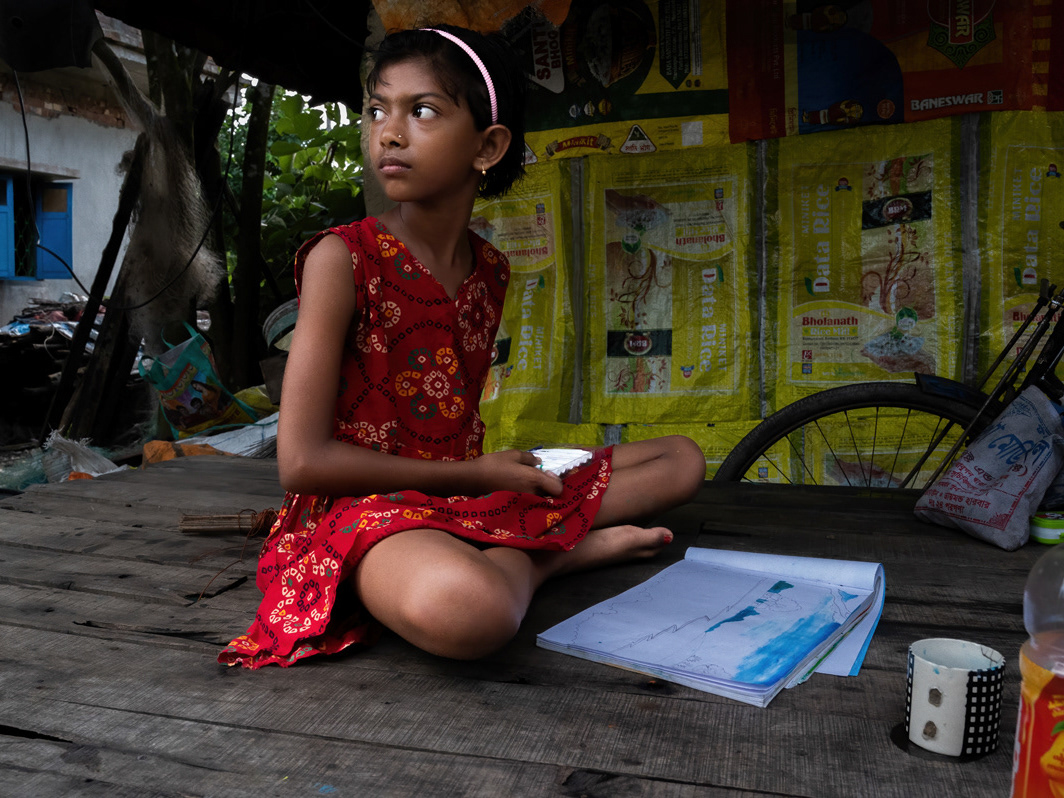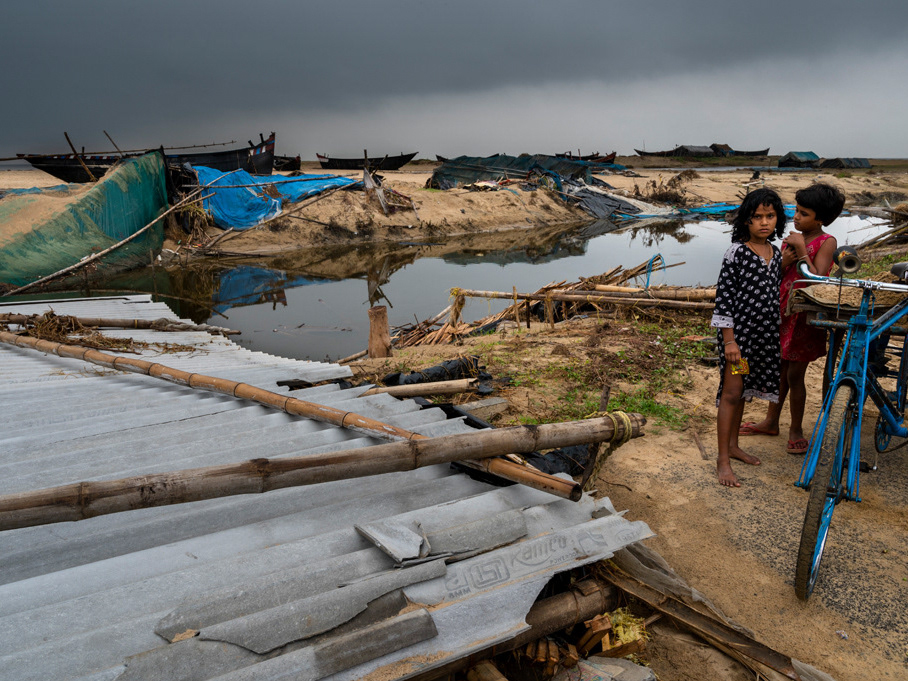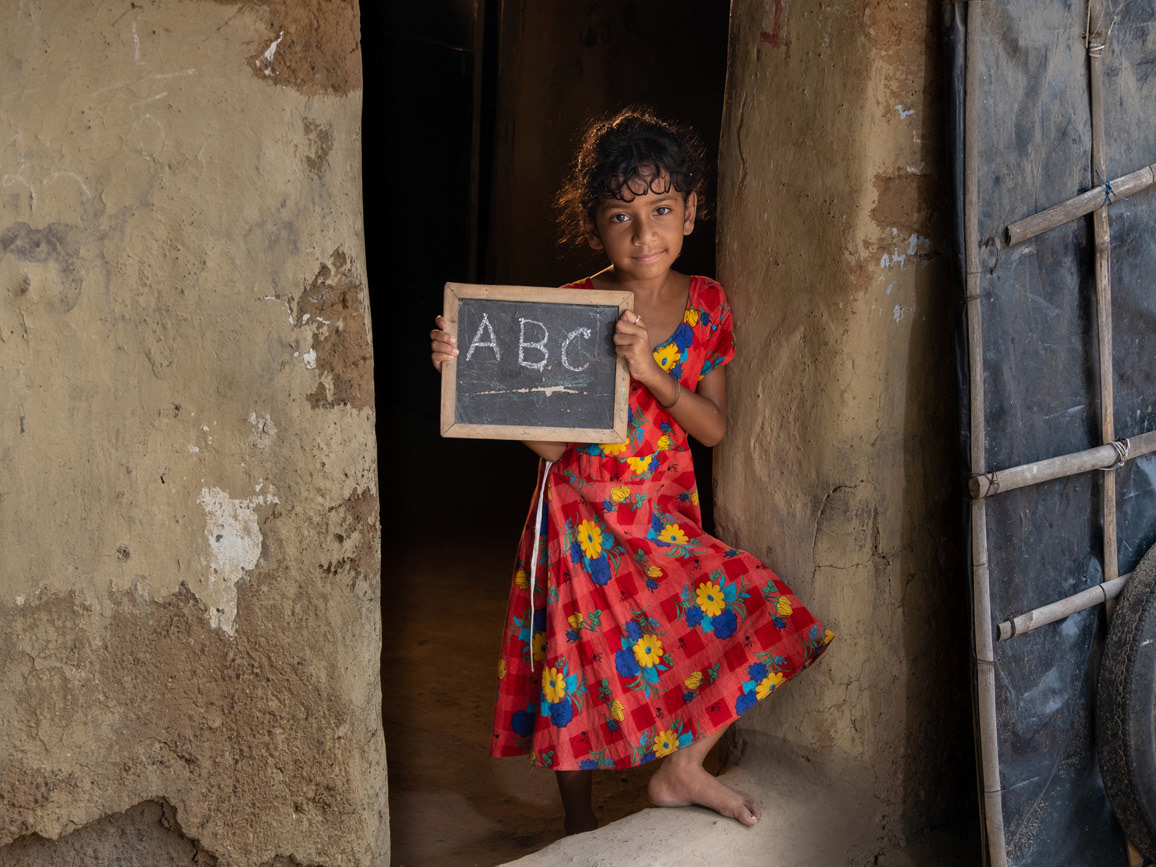


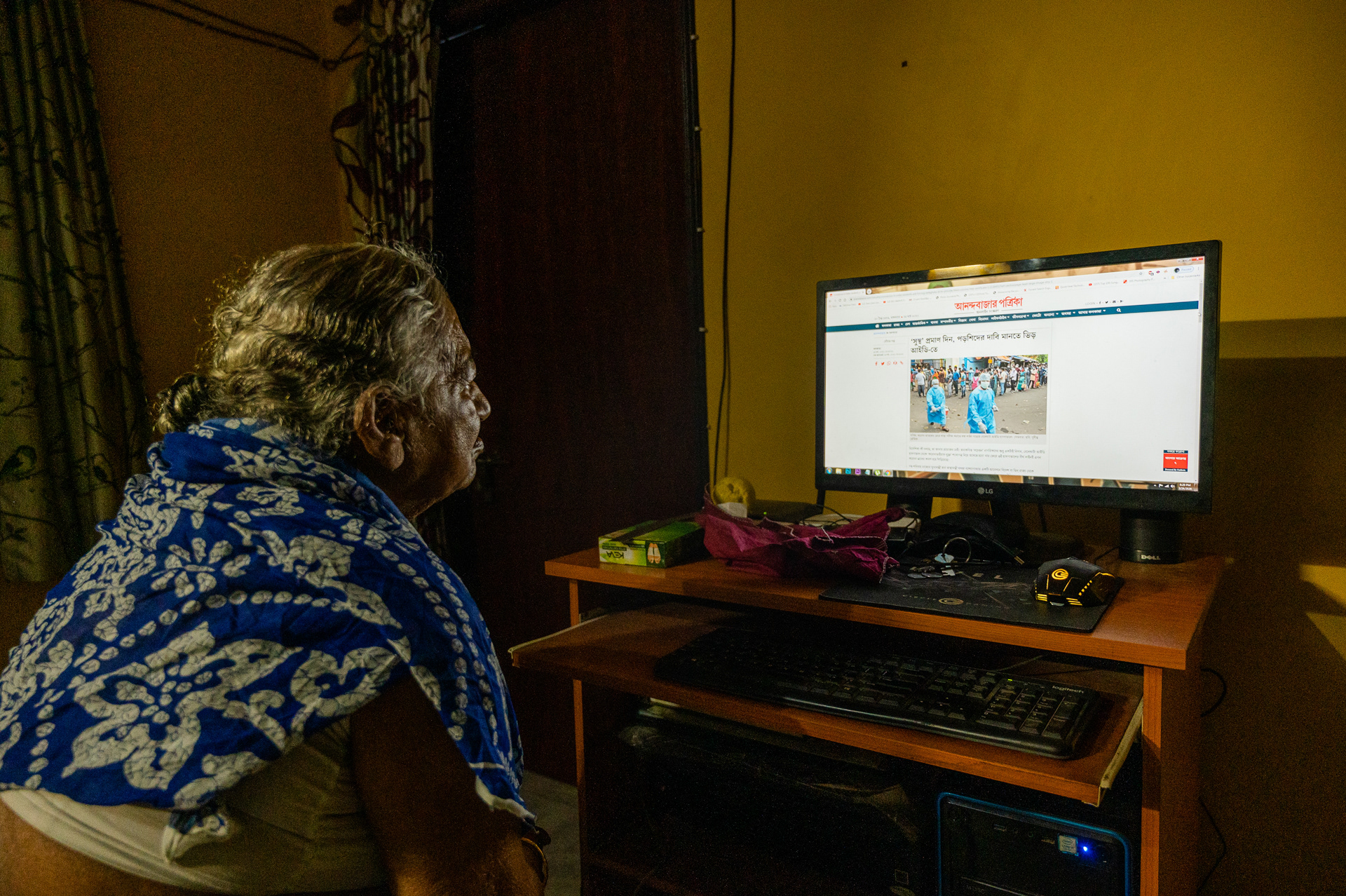





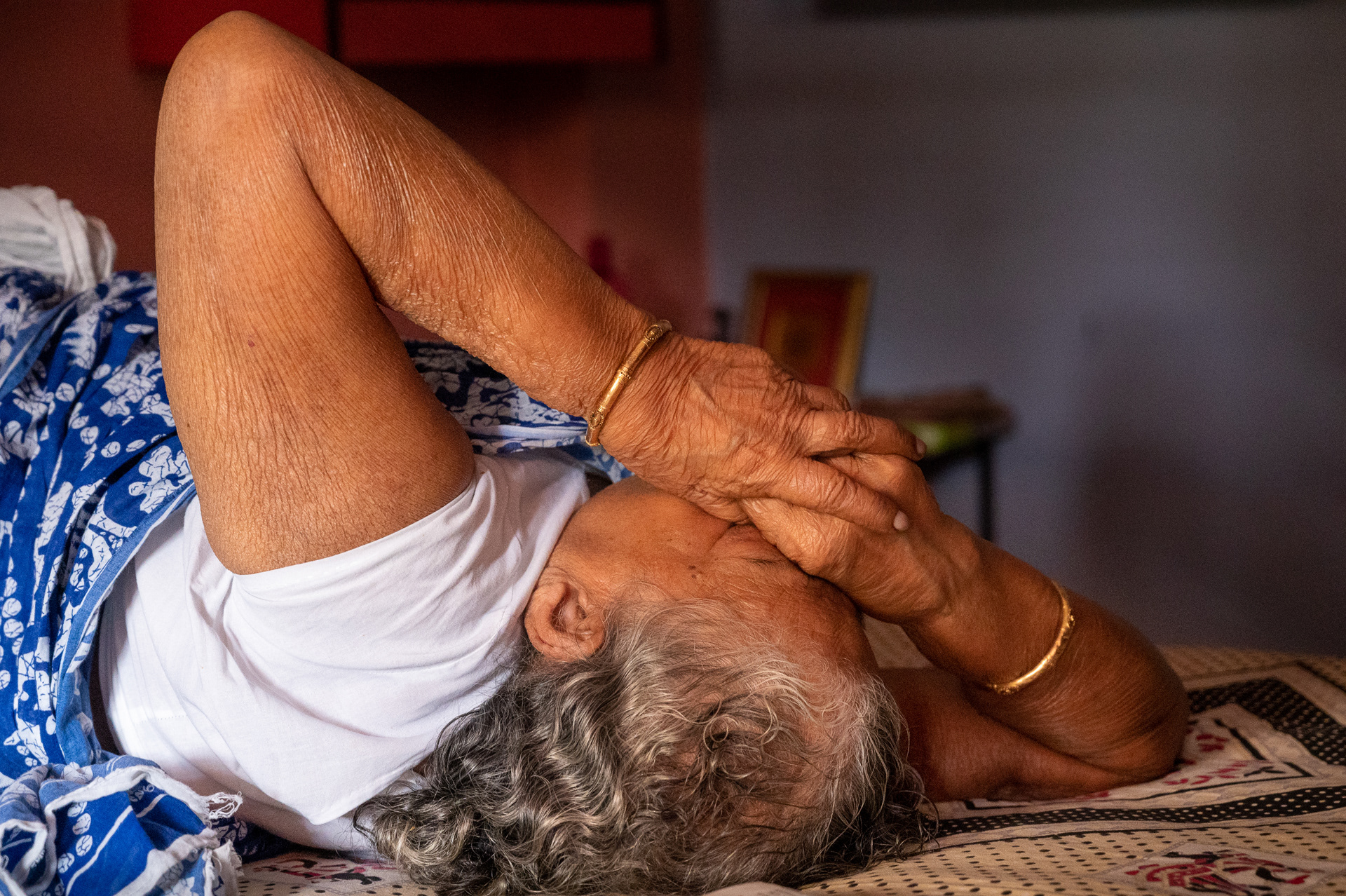


The COVID-19 pandemic brought much of the world to a standstill, with the situation in India being no different. The stagnant situation during the pandemic was characterized by widespread lockdowns, restrictions on movement, and the suspension of normal economic and social activities. Businesses across sectors, including retail, hospitality, manufacturing, and transport, came to a halt as people were urged to stay home to prevent the spread of the virus. This created an economic and social gridlock, with millions of workers losing their jobs and daily wage earners facing unprecedented hardships.
The healthcare system was overwhelmed, with hospitals struggling to keep up with the rising number of COVID-19 cases. Essential services such as education, healthcare, and government offices moved online, but many people in rural areas or lower socio-economic groups faced barriers to access due to a lack of infrastructure, technology, or digital literacy. The sudden shift to online modes of work and study left many feeling disconnected and isolated, while the most vulnerable populations faced rising poverty, hunger, and health insecurities. The situation became particularly dire for migrant workers, who were stranded in cities with no means of support, leading to heartbreaking scenes of people walking long distances to reach their hometowns during the nationwide lockdown.
Social and cultural activities were also severely disrupted, with public gatherings, festivals, and religious events either canceled or moved online. Many people experienced a sense of stagnation as they were confined to their homes for extended periods, leading to increased levels of anxiety, stress, and mental health issues. Businesses, particularly small and medium-sized enterprises (SMEs), struggled to survive amid government restrictions and disrupted supply chains. Despite government relief efforts, the economic downturn was steep, and recovery seemed slow for many sectors, especially in rural areas.
In addition to the immediate impact on daily life and livelihoods, the stagnant situation highlighted deeper systemic challenges, including inadequate healthcare infrastructure, the digital divide, and the vulnerability of informal labor markets. The pandemic became a moment of reckoning, shedding light on the pressing need for long-term structural reforms to build a more resilient economy and a robust healthcare system. However, it also underscored the importance of collective solidarity and the resilience of communities, who, despite the stagnation, came together to support one another during these challenging times.


